Unless you’ve been living under a rock since 2015, you’ve probably heard the term ‘conversational commerce’ before. It’s often plugged as “one of those trends” that will probably go away if you just ignore it long enough. But, I’m here to burst that bubble.
It’s not going away, your business needs it and you’ve probably already used it yourself many times.
So, what is conversational commerce and why are all these tech-mad mavericks raving about it? In this article, we’ll take a look at the whys and hows of this exciting trend and help you decide whether you should get in on the action.
What is conversational commerce?
Conversational commerce is a modern-day extension of the in-store customer to staff relationship. Instead of face-to-face, phone or email communication, conversational commerce uses automated technology or human customer service agents to connect with consumers through text-based chat (e.g. chatbots and messenger apps) or voice assistants (think Apple’s Siri or Amazon’s Echo).
The conversational experience gives customers a 24/7 direct line to a brand. They enjoy many of the benefits of a one-on-one human interaction with the added convenience and novelty of bot-tech.
So, yeah… we’re basically witnessing the start of the robot takeover.
Dramatics aside, it’s actually pretty clever.
Automated conversational commerce technology uses natural language processing (NLP) or artificial intelligence (AI) to respond to customer queries with relevant answers, actions and information. It allows businesses to deal with simple queries at scale and only divert to human assistants when absolutely necessary.
It specifically refers to customer-brand communication that happens via voice and text tech like:
- Chatbots in Facebook Messenger or WeChat
- Messaging platforms like Telegram, WhatsApp and LINE
- Voice assistants like Amazon Alexa and Google Home
- SMS messaging
These are the leading agents in use by businesses today…

They look pretty familiar, right? You’ve probably used more than one of them today.
And that’s not a coincidence.
Conversational commerce emerged because businesses choose to ‘go where the people are’, aka, connect with their customers on the platforms they were already using.
And that’s why it’s such a success.
What is it used for?
Conversational commerce ultimately drives sales but it’s not just about offering in-platform purchasing options. Consumers can also:
- Order food
- Track deliveries from online stores
- Check prices
- Run custom product searches
- Get directions
- Make reservations
- Run applications (e.g. make phone calls, play music)
- Submit reviews
- Conduct online banking
- Ask questions
And that’s not even the lot.
Some are created just for fun. The kind that grabs attention and boosts a brand, like this example from Casper mattresses…

Their insomnobot-3000 is a simple NLP-based chatbot that offers a light-hearted lift to bored, poor sleepers. What better way to advertise a mattress?
Why are businesses doing it?
In business, words matter!
With more and more retailers conducting business either mostly or fully online, the personal connection people have with brands is in danger of being lost. And, replacing it with time-consuming phone lines and email systems just doesn’t cut it.
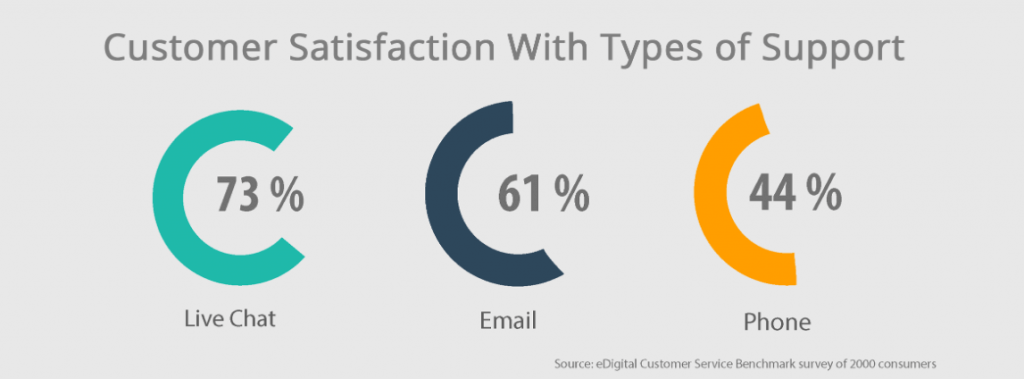
In the digital age, shoppers spend hours on smartphones, commanding home-based voice assistants or talking to friends on social media and messaging apps. So, it’s both convenient and fast for businesses to connect on these platforms.
Conversational commerce has gained so much traction because voice and text are natural ways to communicate with technology because it’s how we communicate with each other.
What does the research say?
Still not convinced it’s for you? Let’s take a look at some data.
In 2017, less than 2% of businesses included voice assistant or chatbot technology in their customer service and support operations. But, by 2020, this figure is set to rise more than ten-fold to 25%.
And of those consumers who engage with brands this way, 21% are happy to use these channels to make purchases.
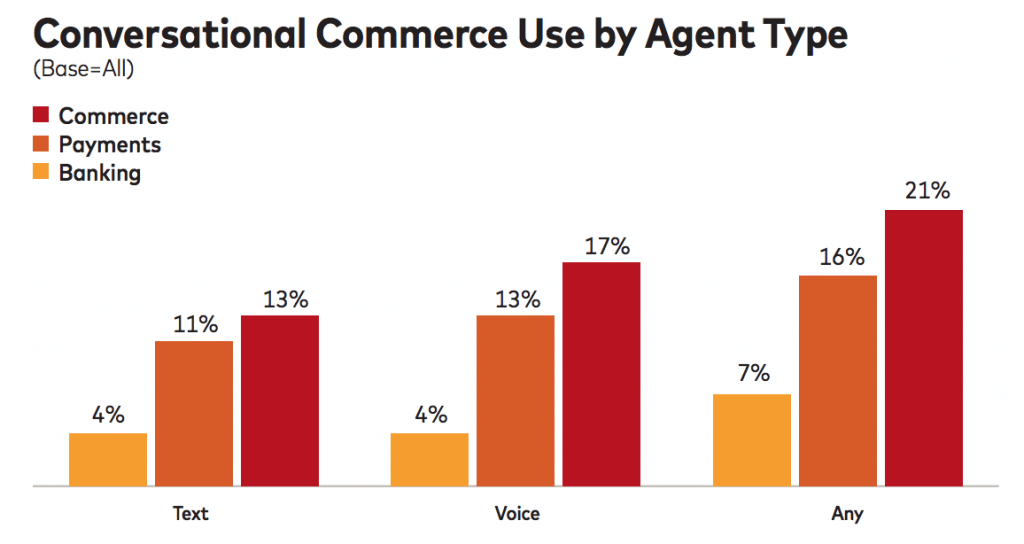
Since 90% of consumers already use an NLP on their smartphones at least once a week, it’s easy to see why conversational commerce is such a big opportunity for retailers.
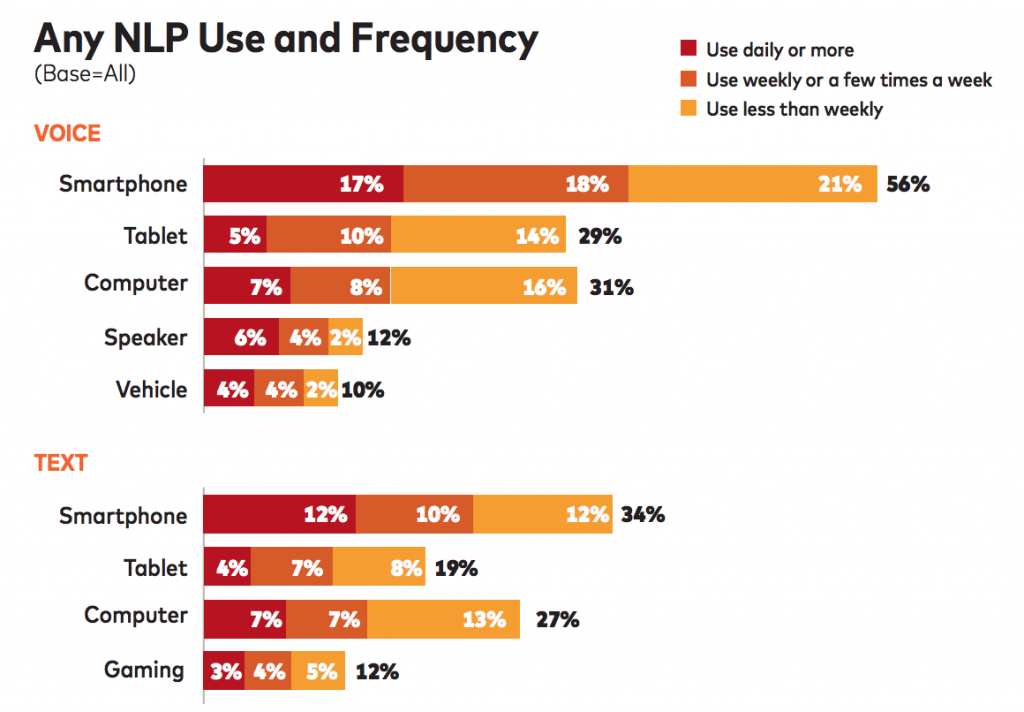
Why should your business be doing it?
Still need more? Here are 5 further reasons to get in on the trend and make conversational commerce part of your strategy.
1. Conversation is the foundation of sales
Success in eCommerce, or really any kind of sales, is all about conversation. Whether a customer talks to staff in-store, asks a question through Facebook Messenger or gets on a demo with ‘the sales guy’, it’s communication that greases the purchase wheel.
So, in many ways, conversational commerce isn’t a new idea. It’s more like an old one jazzed up with new technology. And it makes it easier than ever to respond to consumer’s needs.
By outsourcing customer communication to smart technology, companies can streamline their funnels and make stress-free sales through automated pipelines.
No more waiting around for sales calls that never come in.

2. Customers like it
The rise of online shopping, social media and on-demand services like Postmates and Uber have driven consumer’s preference for quick, simple and multi-platform communication.
According to Facebook, 58% of people decide where to shop based on convenience and price alone. People want to access customer support in real-time from platforms they already use. And, when they can, they get a better user experience.
Here are just a few reasons customers give for engaging with conversational commerce technology…
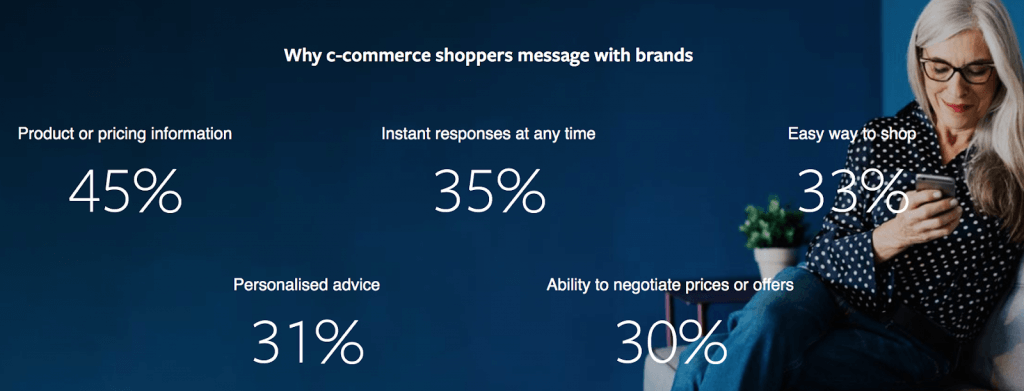
3. It’s surprisingly humanising
Communication adds value to every aspect of the customer journey. Both voice assistants and chatbots can be pumped full of quirks and entertainment value, which consumers seem to love.
And, even when we know its a bot we’re speaking to, we find interacting with good ones pretty humanising anyway. This could be down to any of three things:
- Even automated communication is two-way, unlike say a text-based FAQ or trouble-shooting page
- Content can be personalised to suit the individual
- The good bots are kind of fun
In fact, one of my favourites of 2019 is the ‘Genius’ bot NatGeo put together to advertise their series about the life and times of Albert Einstein…

Witty remarks will always win.
4. It’s more efficient
Chatbots make customer support channels more efficient by filtering simple queries through automated systems. These systems don’t have the same limitations as staff-based customer service solutions.
For example, a chatbot can be deployed to an infinite number of customers at once, with no waiting period and few additional resources. And making FAQs available through voice search cuts down on the amount of queries being pushed through other channels.
Bots can also turn otherwise lengthy processes into two-or-three-step functions, like leaving a review or tracking an order.
“Talking to virtual employees will play an increasingly pivotal role: customers don’t want to wait for answers to simple questions. And businesses don’t want to allocate resources to answer the same questions over and over.”
Source
5. It’s cost-effective
Unsurprisingly, this increased efficiency leads to cost savings. And they can be significant. While human agents are still an essential feature of conversational commerce techniques, the method does reduce their workload by directing only complex problems their way.
6. It boosts revenue
There are many ways to boost revenue with conversational commerce, but two of the most effective are using a chatbot for social retargeting and programming a voice assistant to deliver convenience personalisation (e.g. giving personalised recommendations).
Fashion and beauty brands have been quick to adopt this approach.
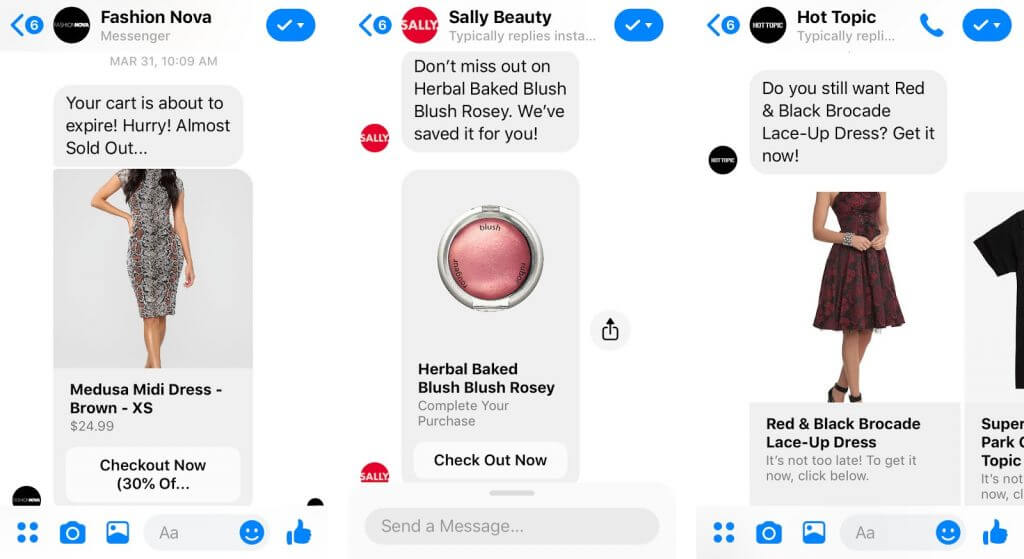
How to implement conversational commerce
By now, I’m going to assume you’re convinced. And why wouldn’t you be? What business doesn’t want to reduce their workload, reach more customers, save time and make more money?
But, how do you ‘do’ conversational commerce? Try:
- Setting up a Facebook chatbot – you’ll need to use a third-party programme to create your chatbot before adding it to Facebook.
- Automatically responding to posts, mentions, comments, and direct messages on social media with tools like NapoleonCat’s Social Inbox
- Adding a chatbot to your website – use a chatbot to start conversations with your web visitors and deflect to your customer support team if needed.
- Adding messaging apps to your list of touchpoints – get your business on Facebook Messenger, WhatsApp, Telegram, or even a retail-specific service like Hero (currently in Beta in London).
- Optimising your content for voice search – voice assistants choose certain types of text to read out in response to voice queries. To give your content a good chance of being picked up, check out this detailed guide to voice search optimisation.

Social media automation
Use smart auto-reply to manage social media in real time. Our customers reduce their response time by 66%.
Try NapoleonCat free for 14 days. No credit card required.
Final thoughts
With people spending more and more time using text-based messaging platforms and increasingly adopting voice search, the takeover of conversational commerce is inevitable. Experts predict that early adopters will see success and the rest will be left playing catch up. So, there’s really only one choice to be made… jump on the bandwagon and set up your conversational commerce strategy now.





